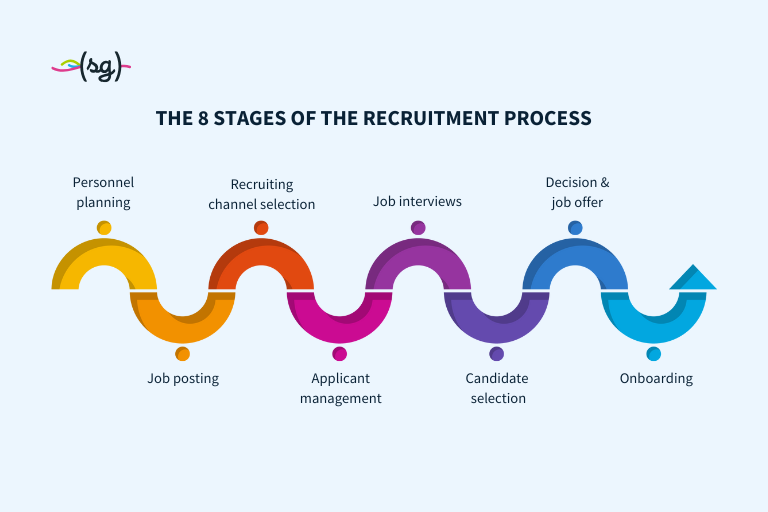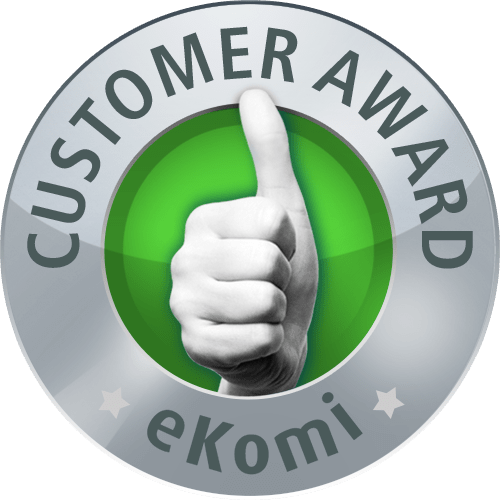The assumption that there is a surplus of applicants on the labour market and that recruiters can cherry-pick from a large number of candidates no longer corresponds to reality. Instead, due to the shortage of skilled labour, many companies are finding it difficult to fill vacant positions with qualified employees. Recently, successful recruitment has become so complicated that companies have had to rethink their approach and find new ways of recruiting staff.
The motto “post and pray” – simply placing job adverts and then hoping and waiting for the right candidates to apply – has long since become obsolete. Instead, HR managers have to go on the search themselves, i.e. carry out active sourcing, with the aim of tracking down the few high potentials and retaining them in their own company.
What is active sourcing?
Active sourcing” refers to the active search for candidates with a profile that fits the company in principle or already matches a specific position. This also includes consistently approaching and retaining candidates even before they apply to the company themselves. In preparation for future vacancies, it is the task of active sourcers to establish contacts with potential employees in order to be able to call on them if necessary. Companies not only increase their chances of filling new vacancies quickly, they also find themselves in the comfortable position of being able to choose from pre-selected and, above all, suitable candidates. Even at this early stage, active sourcers are already practising talent relationship management, which is essential to prevent candidates from leaving for competitors.
How does active sourcing work?
Regardless of whether a candidate is employed by another company, is still studying or is not currently looking for a job, recruiters actively approach them in order to save them in talent pools, for example. This contact can be made via social networks such as Facebook, Twitter, XING or LinkedIn, but recruitment fairs, university events, network meetings or workshops can also be used to actively get in touch with candidates. Even if great importance is still attached to personal contact, active sourcing via social media is becoming increasingly important. With several million users each, social networks such as Facebook, Twitter, XING and LinkedIn offer ideal conditions for tracking down potential candidates for the talent pool.
What are the difficulties of active sourcing?
The active search for potential employees offers many opportunities, but is not without its pitfalls. Active sourcing via business networks or social media requires thorough research before contacting candidates. Unsuitable offers, carelessly worded messages or standard letters are not well received and are either simply ignored or deleted immediately. However, if a candidate gets the feeling from the very first contact that the recruiter has researched them in advance and that the offer really fits the candidate profile, the company will definitely be taken seriously.
Active sourcing at public events also harbours difficulties. There is usually a high level of competition for candidates here, which is why the right sourcing strategy is essential to convince the desired talent of your potential as an employer.
In both cases, well-researched background information and a conscientious approach contribute to successfully making contact with the candidates.
Active sourcing demands a high degree of perseverance from recruiters. Making contact just once is not enough, on the contrary, the active search for high potentials is time-consuming and in many cases lengthy.
What are the advantages of active sourcing?
Even if active sourcing is time-consuming, the effort pays off in the long term, as it is more effective and up-to-date than passive recruitment. The many passive candidates in particular, who are so difficult to recruit, can be approached and won over with well-executed active sourcing. The recruiting budget can also be spared with an active search, as companies save high costs for the placement of job adverts, for example. The fact that recruiters and potential employees already know each other as soon as the actual recruitment process begins also means that both sides know better what they can expect and get involved with. Interviews with the wrong candidates or even wrong hires can be avoided. With efficient active sourcing, companies can shorten their time-to-hire, as the recruiting process is faster and more effective and they can also access a talent pool of suitable candidates at any time.





